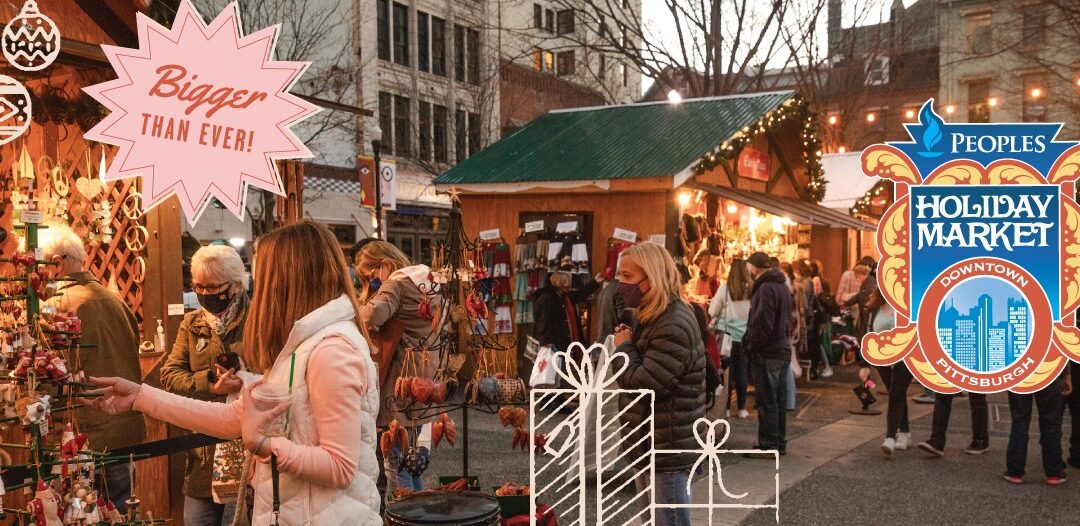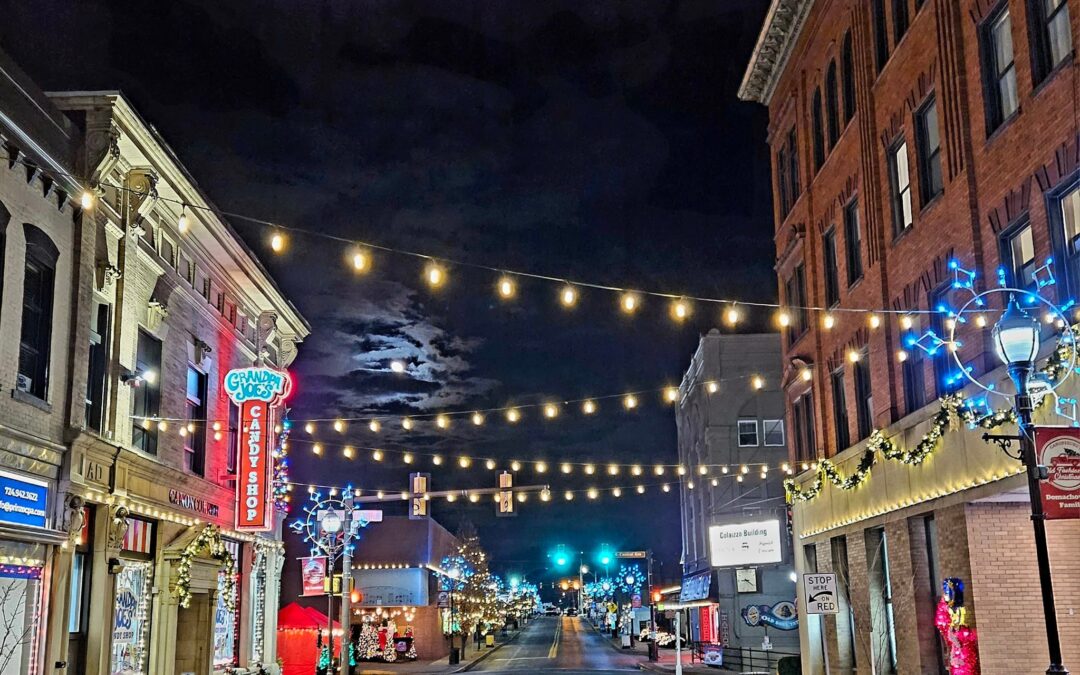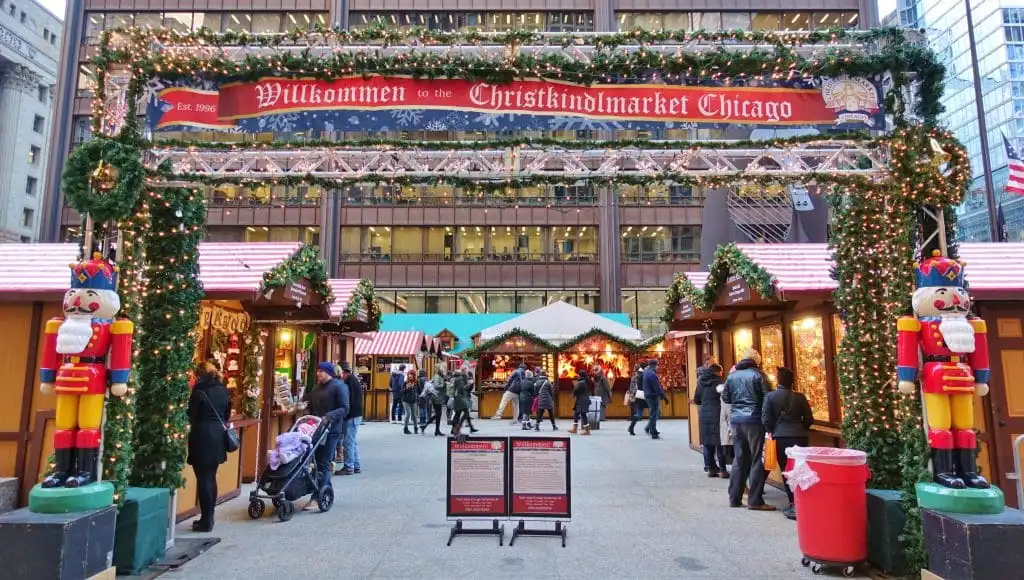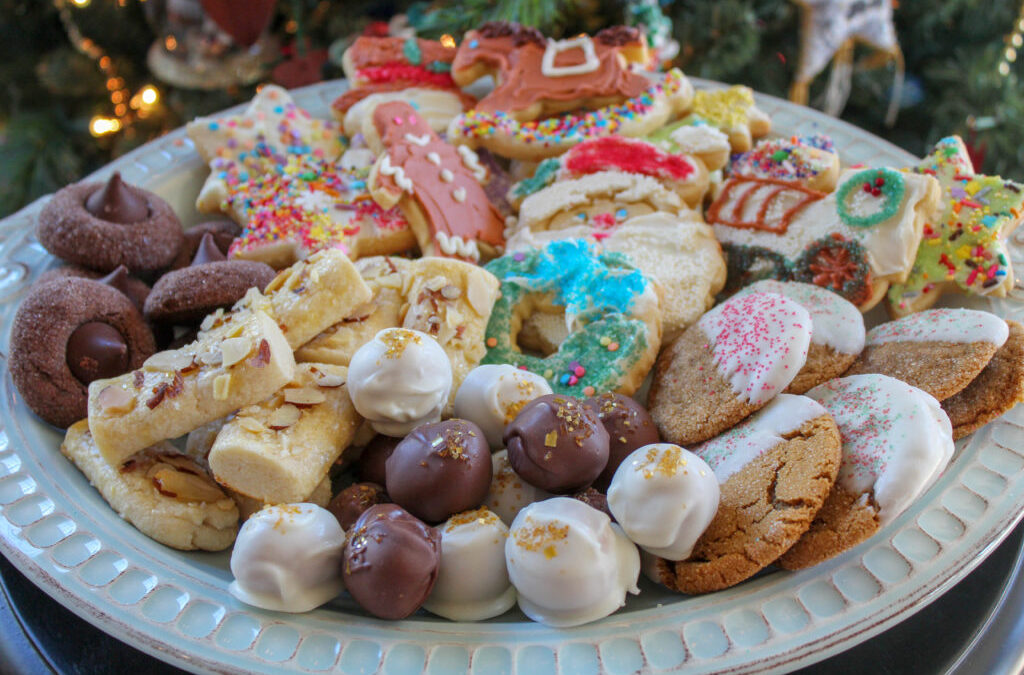Origins and Early Development
Christmas markets, known as Weihnachtsmärkte or Christkindlmarkt in German, have a rich history that dates back to the Late Middle Ages in the German-speaking parts of Europe. The tradition began as early as the 13th century with the Vienna “December Market” in 1294, which was initially a general market for stocking up on winter supplies rather than a Christmas-specific event. By the 14th century, these markets began to evolve into more festive events, with Munich holding a winter market in 1310 and Bautzen in 1384.The first true Christmas market is often credited to Dresden’s Striezelmarkt, first held in 1434. Named after a type of cake, Striezelmarkt started primarily as a meat market but soon expanded to include various festive goods such as toys, sweets, and decorations. The Reformation in the 16th century further shaped the Christmas market tradition. Martin Luther, the German Protestant reformer, promoted the idea of gift-giving on Christmas Day rather than on Saint Nicholas Day, which helped boost the popularity of these markets.
Cultural Significance and Traditions
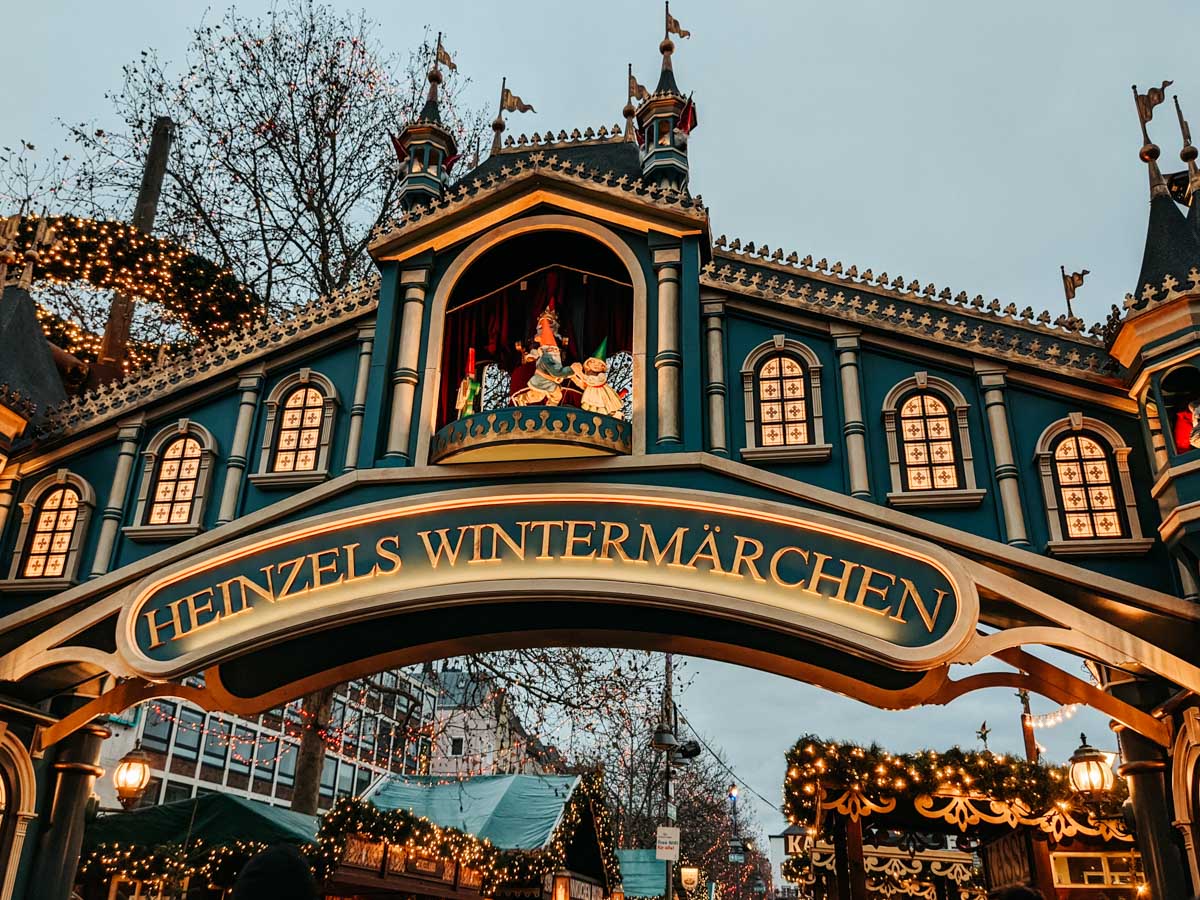
Christmas markets were not just commercial events; they were deeply embedded in the cultural and religious fabric of their communities. Traditionally held in town squares, these markets featured open-air stalls selling food, drinks, and seasonal items. They were often accompanied by singing, dancing, and other festive activities, creating a communal atmosphere that brought people together during the cold winter months.One of the unique aspects of these markets is the figure of the Christkind or Christ Child, which originated in Germany. The Christkind is often depicted as an angelic figure, sometimes played by a local child, who opens the market and symbolizes the spirit of Christmas. In some regions, the Christkind is also believed to bring gifts to children on Christmas Eve.
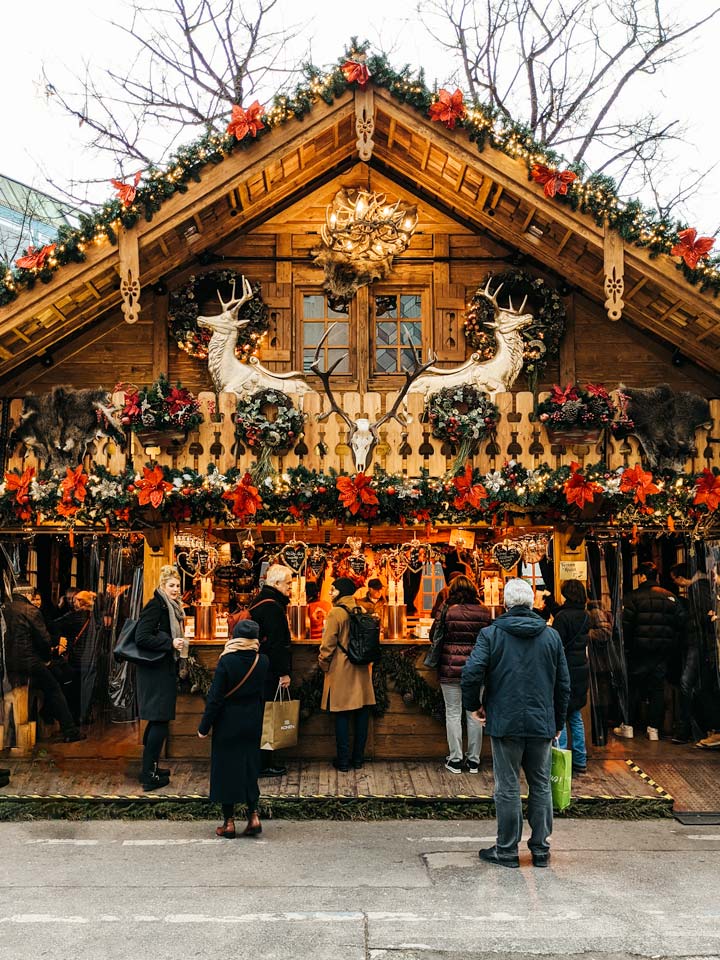
Expansion and Evolution
The tradition of Christmas markets spread beyond Germany to other parts of Europe, including Austria, Switzerland, and France. By the 19th century, they had become a staple of the holiday season across the continent. The Strasbourg Christmas market, dating back to 1570, is one of France’s oldest and most famous markets. However, the popularity of Christmas markets waned in the mid-19th century due to the rise of department stores, which offered a more convenient shopping experience. These markets were often relegated to the outskirts of towns and were seen as less desirable by the middle and upper classes.
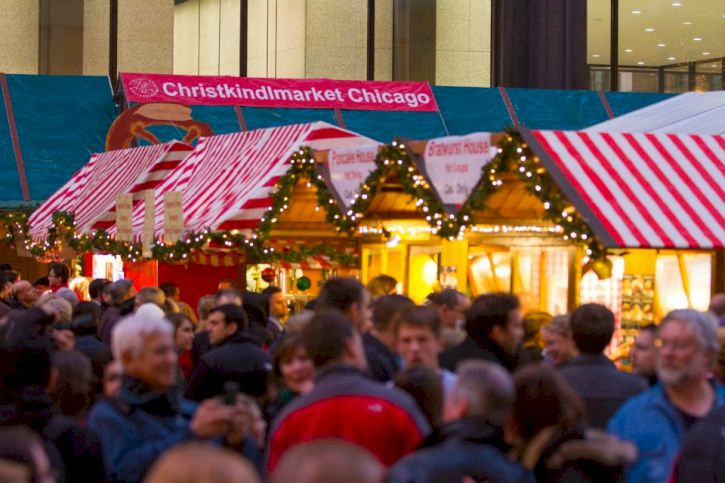
Revival and Modern Day
The revival of Christmas markets began in the mid-20th century, particularly after World War II. In Germany, the Nazi regime reappropriated the tradition as a symbol of German culture and heritage, moving markets back to city centers and promoting them as family-friendly events. This revival helped re-establish Christmas markets as a central part of holiday celebrations. Today, Christmas markets are a global phenomenon, attracting millions of visitors each year. They are held in cities worldwide, from Zagreb, Croatia, to Shanghai, China, and Chicago, Illinois. These markets have retained their traditional charm while also adapting to modern tastes and preferences.
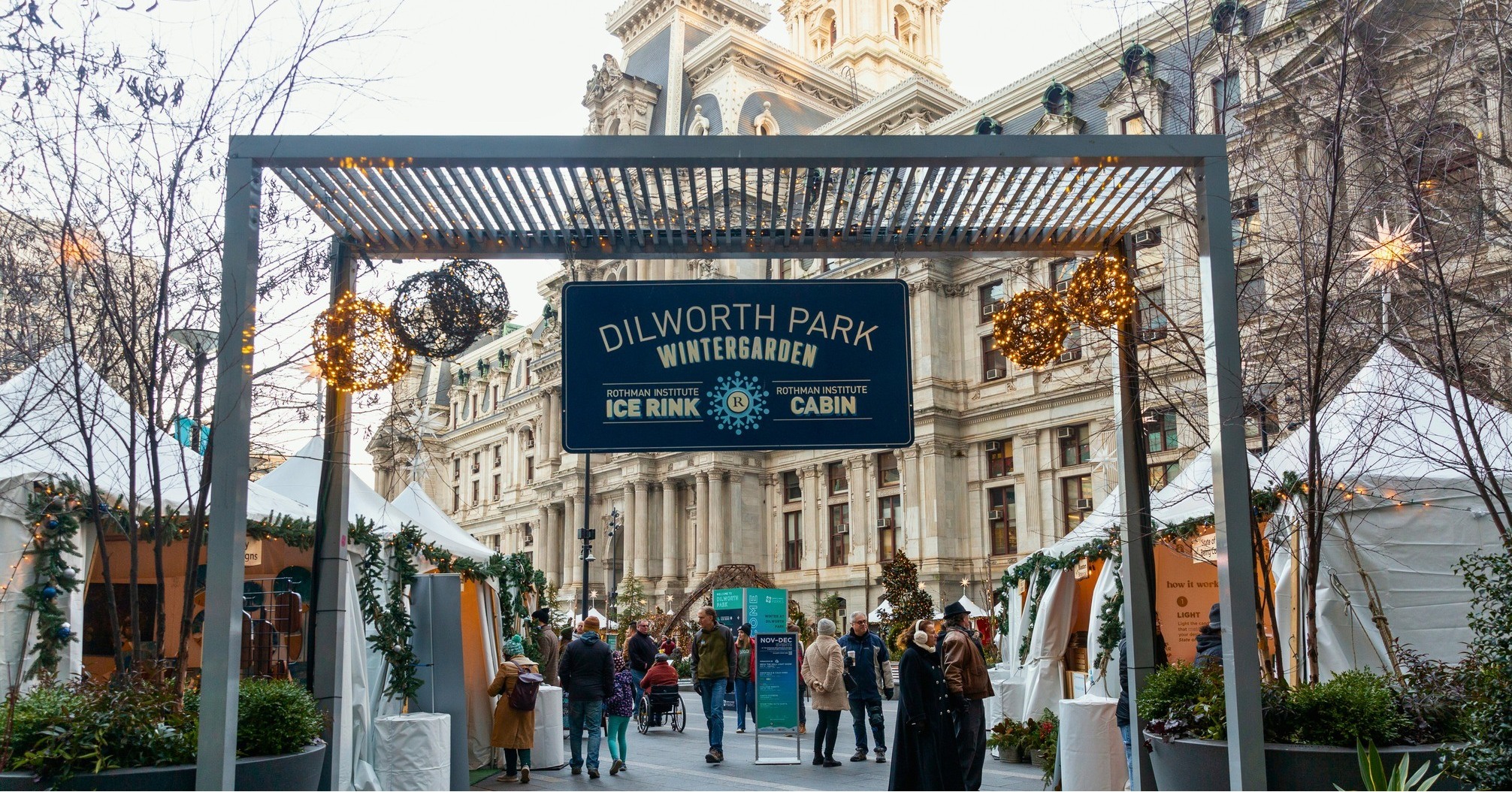
Characteristics of Modern Christmas Markets
Modern Christmas markets are characterized by their festive atmosphere, with ornate light displays, decorations, and performances adding to the holiday spirit. They typically feature open-air stalls selling a variety of goods, including handmade crafts, Christmas ornaments, and seasonal treats. Some of the most popular items include:
- Food and Beverages: Traditional foods such as Bratwurst (German sausage), Lebkuchen (gingerbread), and Christstollen (fruit bread) are staples at these markets. Beverages like Glühwein (mulled wine) and Eierpunsch (similar to eggnog) are also popular.
- Handcrafted Items: Many markets emphasize local artisans and vendors, offering unique and handcrafted items such as beeswax candles, wool mittens, and decorative glass.
- Entertainment: In addition to shopping, visitors can enjoy various forms of entertainment, including live music, carol singing, and even scheduled snow showers in some places.
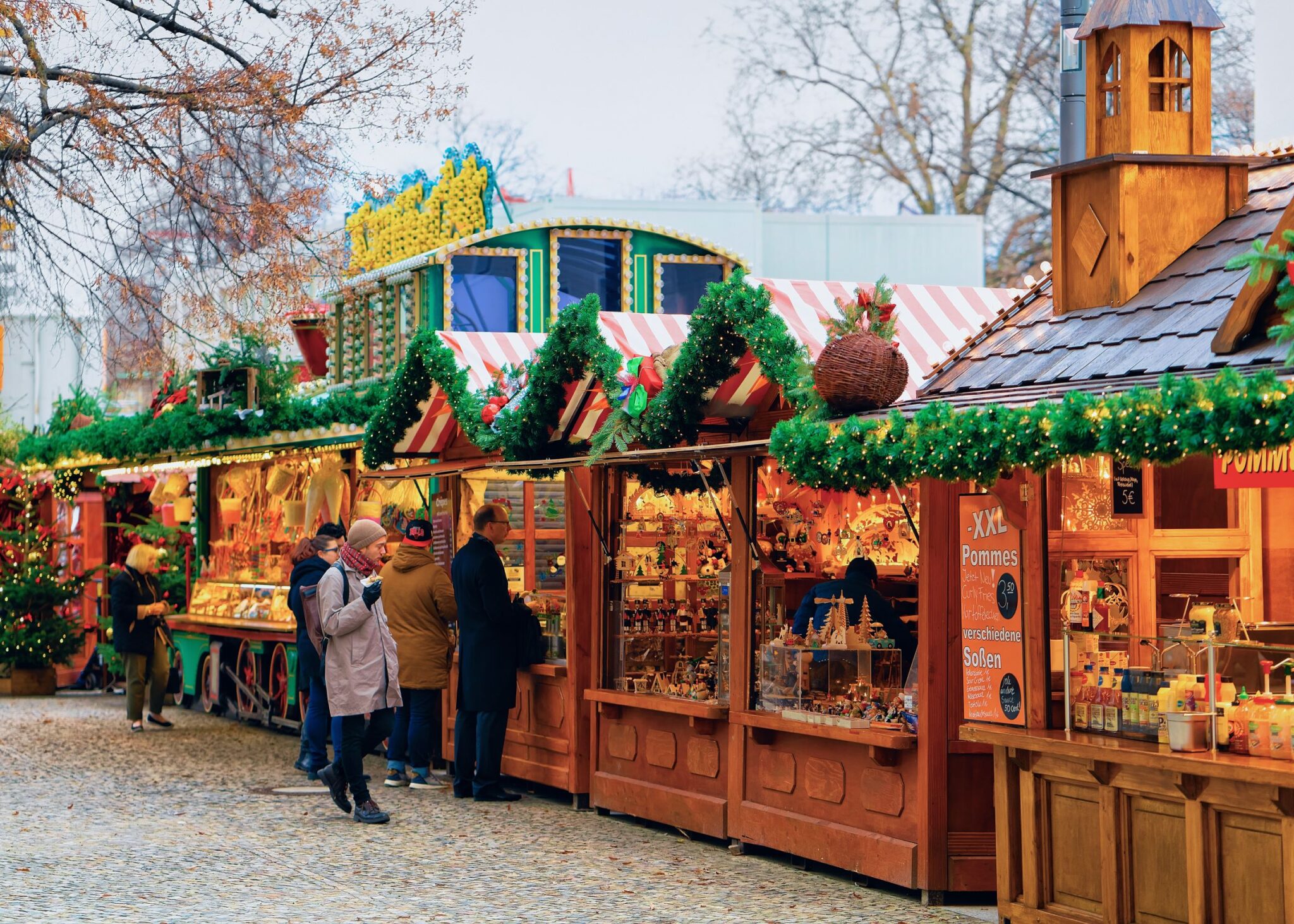
Conclusion
Christmas markets are a timeless tradition, rich with history and ever-evolving charm. From their humble beginnings in medieval Germany to their status as global holiday attractions, these markets have become a cherished part of the holiday season. They represent the spirit of togetherness, joy, and the magic of Christmas. As they continue to grow and adapt, Christmas markets will undoubtedly remain a beloved fixture in holiday traditions worldwide.


